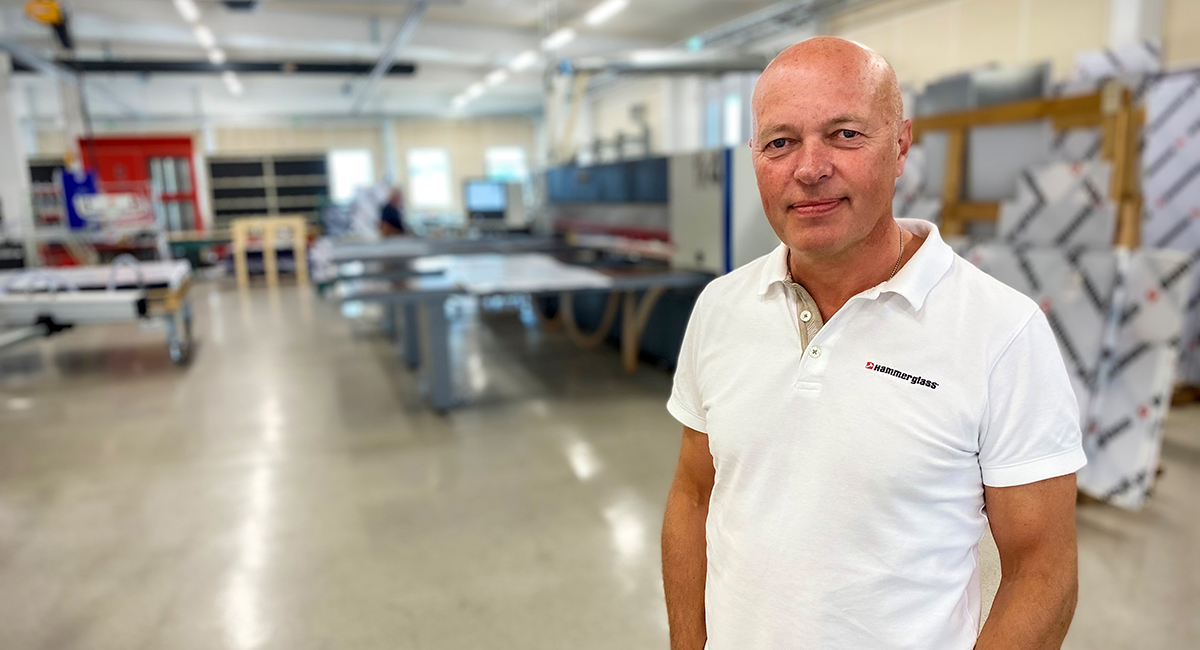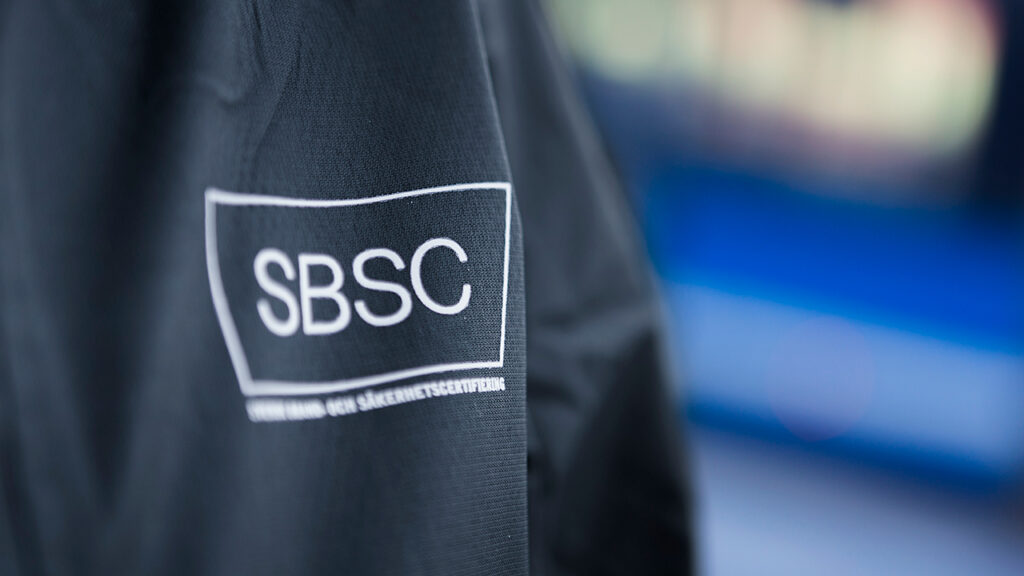Bengt Nilsson, CEO at Hammerglass
In November 2022, SSF (the Swedish Theft Prevention Association) issued a new standard, SSF 1085, which covers the classification, requirements and testing methods for polycarbonate and other polymer sheets intended for glass-like applications.
The SSF website states that ”good burglar resistance not only makes it more difficult to break in but also makes it more difficult to make off with stolen goods and deters attempted burglaries. No burglar resistance is full proof, but the more difficult it is to break in, the greater the chances are that the perpetrator will fail or be discovered.” SSF 1085 is a relatively new standard which covers polymer materials.
”The background as to why we produced this standard was the lack of a special testing method for polycarbonate in burglar resistance,” explains Mats Moberg, Project Leader – Specifications at SSF, who continues:
”The standard that was used previously was intended for glass. With the new standard, you can use of the same testing equipment but attack the material in a different way.”
Hammerglass is a company which enjoys both many years’ experience and successful work with polycarbonate. The company works exclusively with certified products and offers a broad product portfolio with the goal of being the leading manufacturer and natural supplier of burglar-resistant glass solutions on the global market.
We asked the company CEO, Bengt Nilsson, to tell us a little bit more about the products used to protect both people and property.
What is Hammerglass?
”Hammerglass is the new generation of burglar-resistant glass made from nano-treated polycarbonate. A durable and abrasion resistant polycarbonate sheet, 300 times stronger than glass – and it is nearly unbreakable,” explains Bengt Nilsson.
For the curious, there are short films on the company’s website showing the product being tested with, among other things, an axe, a train and a front-end loader.
There are many obvious areas of use one can think of, but what is the strangest order you have received and can you tell us about it?
”We have made deliveries to many special areas over the years. A building contractor in Ghana purchased our solar-heat-reducing solution for a completed building site where all of the buildings had large, glazed surfaces with a southern exposure. The units were assembled in France before they were sent to Africa.”
“In Canada, our 15 mm panes are used for single glazing for 7-Elevens and gas stations – even though temperatures drop to -30 in the winter. Apparently, it works well because they keep placing orders.”
“We are getting pretty close to 1,000 ambulances which use Hammerglass in the bay to reduce the weight of the vehicle – to be able to transport additional weight made up of medical equipment.”
In addition to durability, what are the other advantages?
“There are quite a few. With the risk of being long-winded, I can mention the product life which we estimate in excess of 40 years. We use nanotechnology which renders Hammerglass resilient, and it is easy to remove, for example, graffiti, and the silicon dioxide surface provides protection against scratches and wear. The surface treatment also provides really good UV protection so that the material does not become cloudy over time.”
If you compare Hammerglass to normal glass, when is normal glass preferable?
”We encourage all of our customers to do a risk analysis. If the analysis does not indicate that there is a risk of vandalism or break-ins, they often have no use for Hammerglass – then glass is a better solution. When your average homeowner installs our insulating glass, Hammerglass is in the middle of the insulating cassette to protect against break-ins. For private persons, normal glass is better as the inner and exterior glass.”
Do you have a final takeaway for our readers?
“Yes – absolutely. I have two.”
”First of all – use certified solutions! Serious suppliers have tested their products in order to verify that they are appropriate for what it is the property is to be protected against according to the risk analysis. We have stylish mounting frames for Hammerglass in aluminium which can be broken off a window in 10 seconds. We also have cold-rolled steel profiles which are rated RC2 and RC3 in accordance with SS-EN 1627. We have delivered over 100,000 of these profile systems and there has not been one single successful break-in that we know of!”
”Secondly – protective film is not protection against break-ins! One blow with a crowbar and you are through the pane. Insurance companies approve film as protection against break-ins – and we meet many unhappy victims of crime. Anti-break-in solutions for windows are classified in accordance with EN 16727, EN 356 P6B-P8B and SSF 1085. We are general agents for window film and are happy to sell it – but never as protection against break-ins,” concludes Bengt Nilsson, CEO of Hammerglass.



